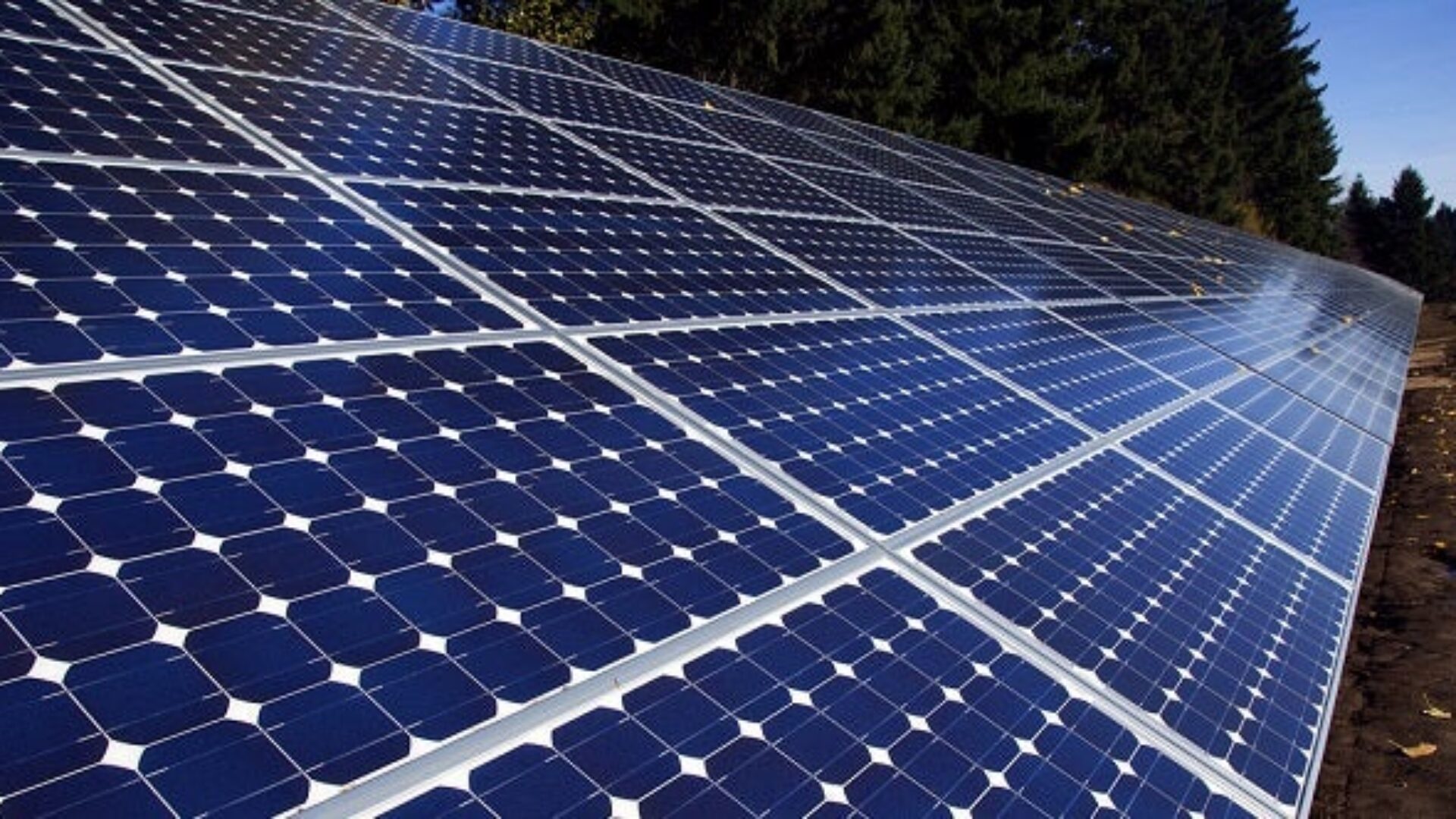What causes solar panel performance to decline
- Solar accessibility

All solar panels gradually degrade. This is why most systems come with production warranties that step down over time. Reduced performance is expected and should be accounted for in your proposal. Generally, solar modules can be expected to degrade by 0.5% to 3% a year.
There are four main factors that contribute to normal degradation, all from natural causes: thermal cycling, damp heat, humidity freeze and ultraviolet (UV) exposure.
- Thermal cycling involves dramatic changes between extremes of hot and cold temperatures. This impacts the soldered connections within the panel.
- Damp heat, the long-term exposure to high humidity at high temperatures, can cause the material that insulates the cells to separate.
- Humidity freeze – the phenomenon of sudden freezing in a situation of high humidity – can impact the junction box adhesion.
- UV exposure – exposure to sun’s ultraviolet rays can cause discoloration and degradation of the cover of the side of the panel that faces away from the sun, called the backsheet. The backsheet protects the photovoltaic cells and electrical components from external stresses as well as to act as an electrical insulator.
Another element that can cause degradation in solar arrays are busbars, the wires across solar cells in each individual solar module that transport the electrons. Paradoxically, though, the greater the number of busbars that are present in a module, the more efficient it will be.
“Busbars are attached to the solar cell typically by soldering,” said Kelly Pickerel, editor-in-chief of Solar Power World. “Those soldering points put stress on the solar cell and can lead to microcracking. Conversely, if you have many tiny busbars, the soldering points will be smaller and may actually reduce the amount of stress on that point of the cell.”
“If solar customers believe their solar panels are damaged or not producing at their full potential, they should reach out to their original installer or the company with whom they have a maintenance plan,” Pickerel said. Sometimes, she said, the problem may have a quite simple solution: a good cleaning by a solar professional.
Get the latest on solar straight to your inbox.
Fight for your solar rights.
Everyone has the right to go solar. Spread the sunshine nationwide and in your local community by taking action, joining events, and more.
